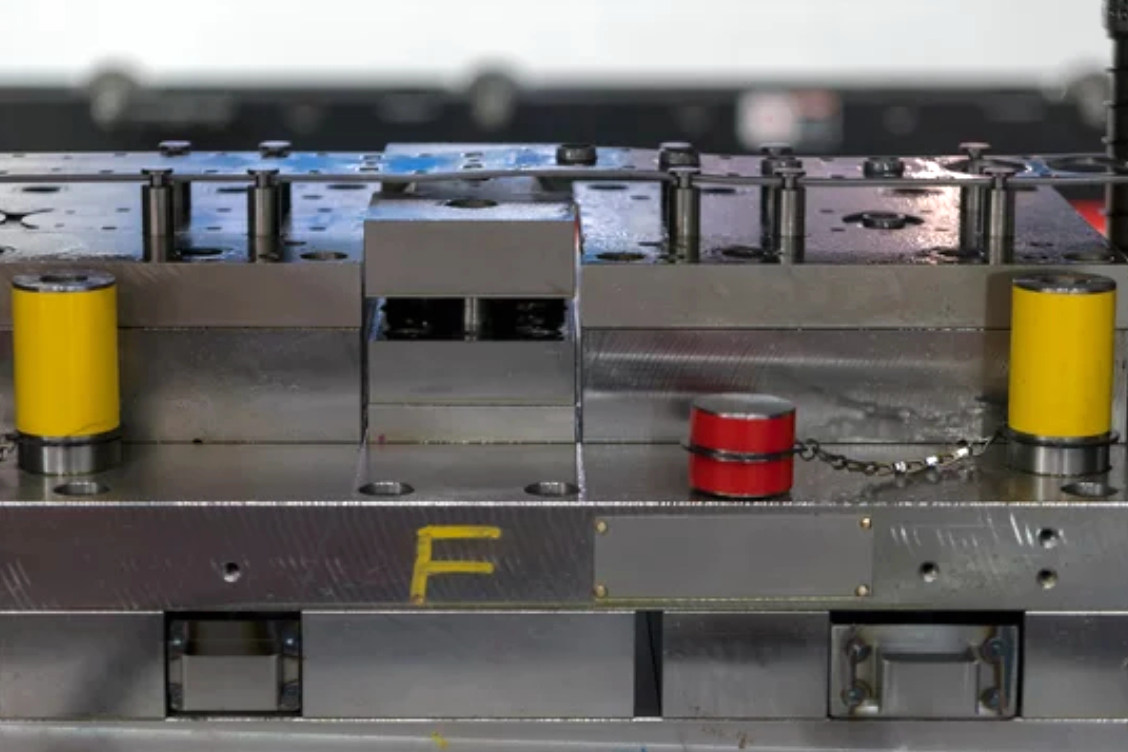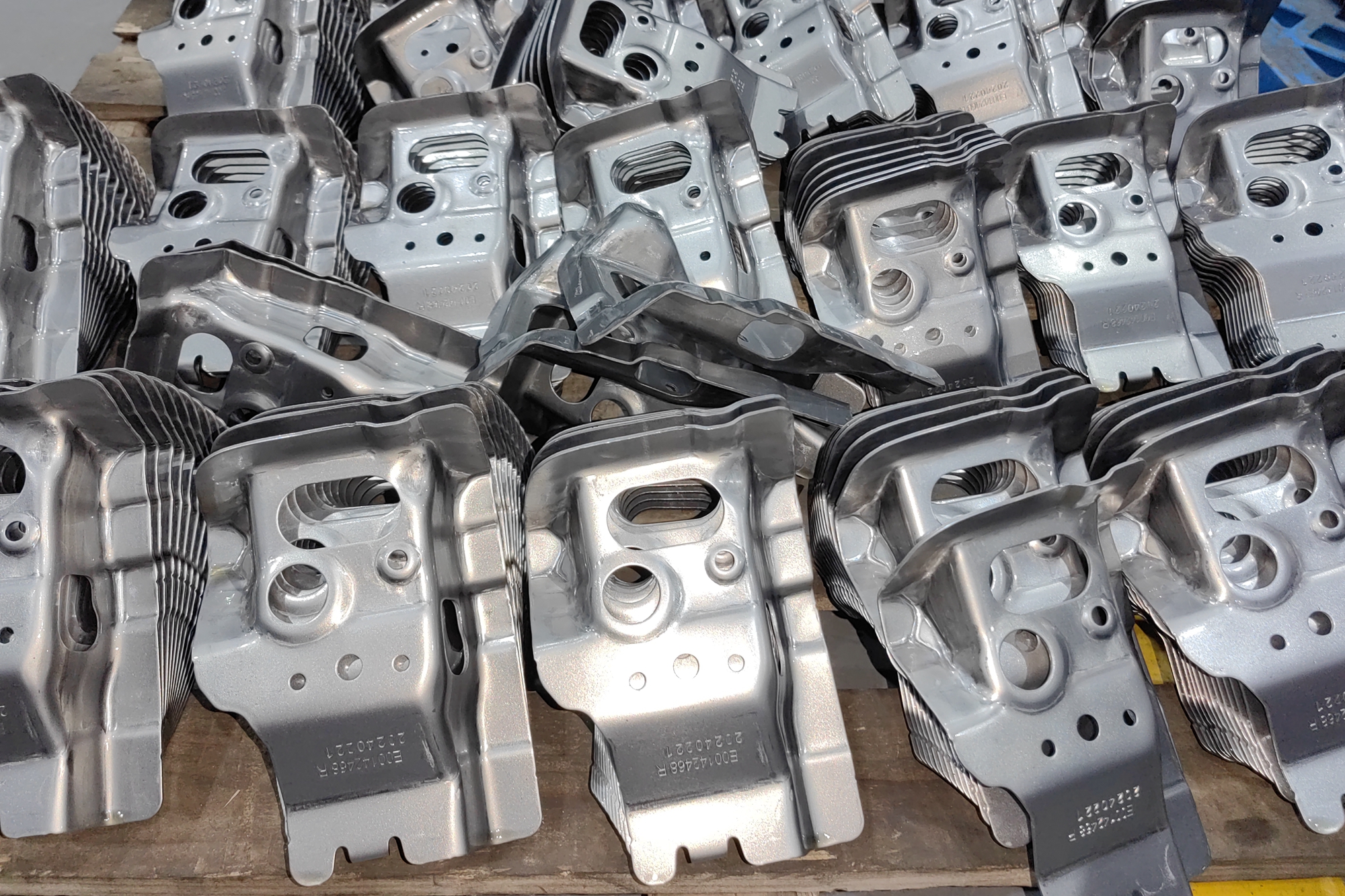How can I prevent springback in metal bending operations?
How Can I Prevent Springback in Metal Bending Operations?
Understand Springback Behavior
Springback occurs when the metal tries to return to its original shape after bending due to its elastic recovery. Materials with high yield-to-tensile strength ratios, such as stainless steel and aluminum, exhibit greater springback than mild steel. Controlling it is essential to maintain dimensional accuracy in sheet metal fabrication.
Techniques to Minimize Springback
1. Overbending (Compensation Method)
Apply a greater bend angle than the desired final angle. For instance, to achieve a 90° angle in 304 stainless steel, you may need to bend to ~92–95°, depending on thickness and grain direction.
2. Use Bottoming or Coining Instead of Air Bending
Bottoming: Forces the material to conform to the die angle, reducing springback to around 1–2°.
Coining: Applies high tonnage to plastically deform the material at the bend radius, virtually eliminating springback.
3. Optimize Tooling and Die Selection
Narrower die openings (e.g., 6× material thickness instead of 10×) concentrate bending force and reduce elastic recovery.
Sharp punch radii help reduce the inner bend radius, increasing plastic deformation and minimizing rebound.
4. Adjust Material Orientation
Bend across the material grain instead of along it. This reduces springback and improves bend consistency, particularly in high-strength steels and automotive components.
5. Apply Heat (for Select Materials)
For thick or high-strength alloys, controlled preheating can reduce yield strength and springback. Common in aerospace-grade aluminum and titanium forming applications.
6. CNC Compensation with Angle Measurement
Modern CNC press brakes feature springback compensation algorithms and angle sensors that adjust the ram stroke automatically to achieve precise final angles.
Manufacturing Services for Accurate, Springback-Free Metal Bending
Neway offers high-precision metal bending services with ±0.2 mm accuracy, CNC-controlled compensation, and tool selection tailored to material and design requirements. With 20+ years of experience, we ensure consistent results across automotive, telecom, and energy applications.



